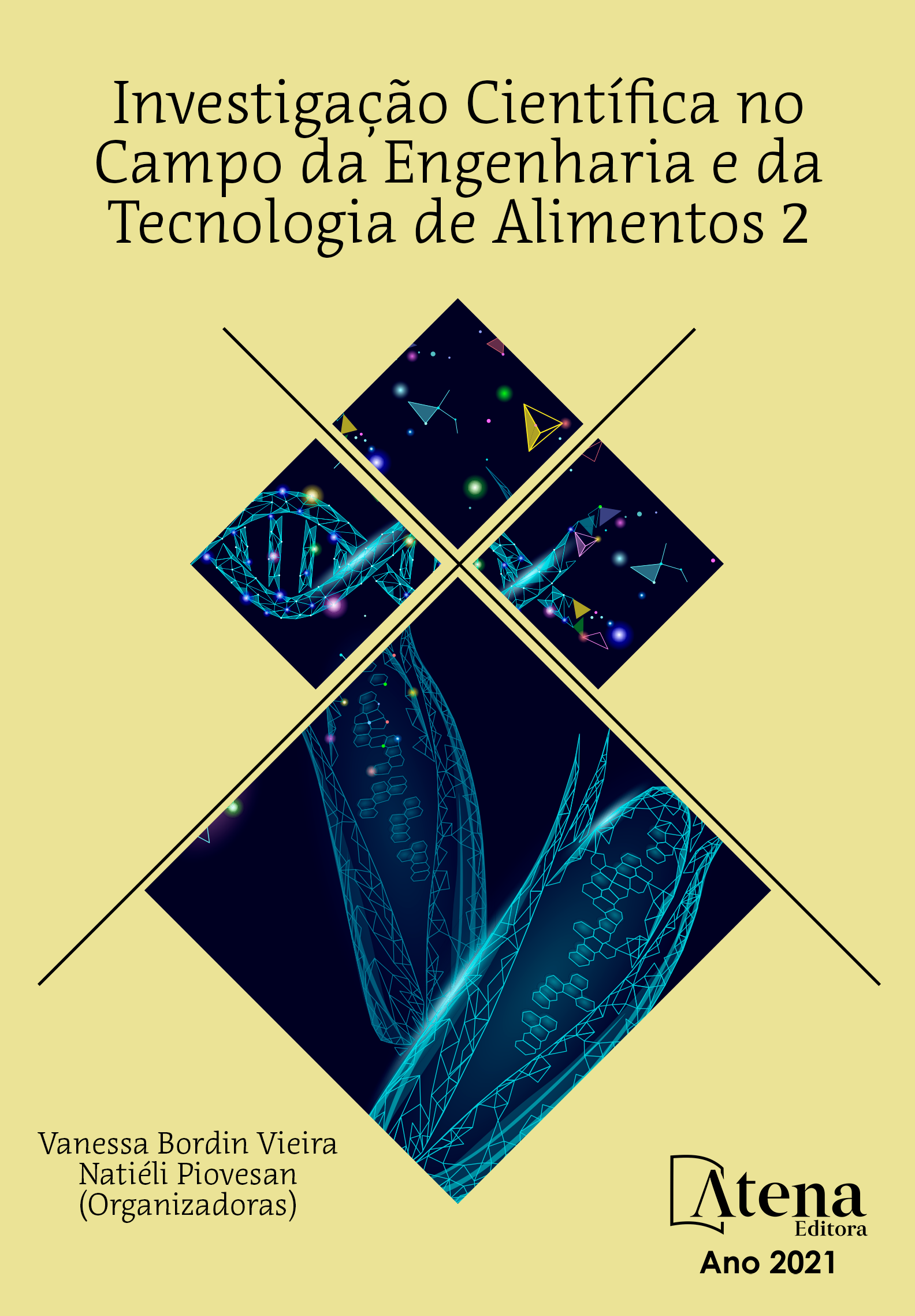
PRODUÇÃO DE ENZIMAS LIPOLÍTICAS POR FERMENTAÇÃO EM ESTADO SÓLIDO A PARTIR DO FUNGO ENTOMOPATOGÊNICO Metarhizium anisopliae UTILIZANDO DIVERSOS SUBSTRATOS ENCONTRADOS NA REGIAO NORTE DO BRASIL
A presente pesquisa teve por objetivo analisar a produção de enzimas lipolíticas por fermentação em estado sólido (FES) do fungo entomopatogênico Metarhizium anisopliae utilizando bagaço de coco babaçu, okara, quirera de arroz, farelo de soja, farelo de trigo e quirera de milho como substratos. Experimentos foram realizados a fim de determinar a necessidade de pré-tratamentos e o uso de indutores nos substratos utilizados. Os resultados dos experimentos mostraram que não houve diferença estatística na atividade lipolítica para a quirera de arroz, o farelo de soja e okara. A quirera de milho e o farelo de soja mostraram diferença estatística entre os tratamentos e as fermentações posteriores foram realizadas com os substratos sem pré-tratamento. O bagaço de coco babaçu não passou por pré-tratamento. Desta forma, as fermentações foram conduzidas sem a necessidade de pré-tratamentos. Das fermentações, a que apresentou uma melhor atividade enzimática sem uso de indutor foi a Okara com 6,67 + 1,90U/mL. O farelo de trigo foi o substrato que apresentou menor atividade enzimática 3,68 + 0,72 U/mL. Quando utilizado o azeite de oliva como indutor o substrato que apresentou maior atividade enzimática foi o bagaço de coco babaçu 16,34+ 0,38 U/mL e o farelo de soja apresentou a menor atividade enzimática 5,33 + 1,15 U/mL.
PRODUÇÃO DE ENZIMAS LIPOLÍTICAS POR FERMENTAÇÃO EM ESTADO SÓLIDO A PARTIR DO FUNGO ENTOMOPATOGÊNICO Metarhizium anisopliae UTILIZANDO DIVERSOS SUBSTRATOS ENCONTRADOS NA REGIAO NORTE DO BRASIL
-
DOI: 10.22533/at.ed.89321170522
-
Palavras-chave: Metarhizium anisopliae; Lipases; Fermentação em Estado Sólido; Resíduos Agroindustriais.
-
Keywords: Metarhizium anisopliae; Lipases; Solid-State Fermentation; Agro-industrial waste.
-
Abstract:
The present research aimed to analyze the lipolytic enzyme production by solid-state fermentation (SSF) from the entomopathogenic fungus Metarhizium anisopliae using babassu coconut, okara, broken rice, soybean meal, wheat bran and broken corn as substrates. Experiments were carried out in order to determine the need for pre-treatments and the use of inductors. The results showed that there was no statistical difference in lipolytic activity for broken rice, soybean meal, and okara. For the other hand, broken corn and soybean meal showed statistical difference between the treatments. The babassu coconut bagasse did not undergo pre-treatment. All the subsequent fermentations were carried out without pre-treatment. The fermentation with the best enzymatic activity without an inductor was Okara with 6.67 + 1.90 U mL. Wheat bran was the substrate with the lowest enzyme activity of 3.68 + 0.72 U/mL. When olive oil was used as an inductor, the substrate that showed the highest enzyme activity was babassu coconut bagasse 16.34+ 0.38 U / mL. Soybean meal showed the lowest enzyme activity 5.33 + 1.15 U / mL.
-
Número de páginas: 12
- FABRIELE DE SOUZA FERRAZ
- GABRIEL TAVARES SILVA
- LINA MARÍA GRAJALES
- Isadora Souza Santos Dias


